Last month’s article discussed “Local SEO” and how to win in Google Maps. This month’s column will look at “National SEO” and the most common reasons your website is not ranking in Google’s search results and producing the flow of new customers you hoped for.
Poor Website Research & Planning
Building a website without adequate research and planning is like attempting a heat pump installation without a heat loss calculation.
Your customer may see how neat and tidy your pipework is and feel the downstairs radiators warming up, but within a few short months, realise that it’s just not performing as “efficiently” as they hoped.
Many businesses focus on aesthetics alone, overlooking the vital aspect of SEO focussed website planning. What are your main sales pages? What are the keywords needed on those pages? What is the structure of the page? How many words do we need on the page? How many pages will your website need?
You wouldn’t install a boiler without understanding its specifications, and similarly, you shouldn’t build a website without conducting detailed keyword research to ensure that enough people are searching for a particular service in your local area. The first stage of any website build is keyword research. The first stage of improving your website performance is Keyword research.
Lack of Localised Content
These articles are 700 words long, so please excuse my direct approach!
You may think or have been told that your website needs more content & regular “blogs” in order to rank. The truth is that marketing agencies offer “blogging” as a service to generate revenue for their own business without setting clear KPI’s on the performance of that investment.
Writing blogs such as “Winter Plumbing Tips for Homeowners” and “Top 10 Boiler Brands in the UK” will likely never rank, be found, read, or receive a backlink from another website. Articles such as this will include some of your target keywords but not feature your “local” area, so add little to your website’s “local” Google ranking or sales.
Blogs titled similar to “Understanding the Different Types of Boilers.” and
“Why is Your Boiler Losing Pressure?” will also be difficult to compete against British Gas, Boiler Guide and the manufacturer’s websites. However, at least you can point your customers towards these blogs during the sales stage, or when Mrs Biggins complains, she’s losing pressure.
So what would “localised” blog content look like? Here are some examples. “What Sheffield Homeowners Should Know Before Buying a New Boiler”, “The Costs of Boiler Installation in Sheffield”, and “The Sheffielders Guide to Heat Pumps” will all give you plenty of opportunity to use your local keyword “GeoTown” over and over again. You can now link these “GeoTown blogs” to your main services sales pages, adding more weight to the word count & number of times the keyword is used.
The local authority on the boilers/heat pumps/ air con = Rankings = Sales
Duplicated Pages & Content
Ok, now that we have written out several localised blogs and linked them to our sales pages, can we duplicate these sales pages for nearby areas, then copy and paste the same blogs and change a few words to the new target?
The answer is don’t do it!
One of the biggest mistakes I see when looking into the back of websites is too many pages trying to catch customers searching for tiny localities.
Copy and pasting pages with 98% duplicate content will be picked up by the Google algorithm and, at best, ignored. Creating location pages is certainly advised but try to keep your page plan between one and four locations and only be tempted to make more once you can see progress in these areas.
Free SEO Report!
You can learn more about websites and SEO for our industry and grab the free Local SEO report by popping your details on the boiler business webpage. Here’s the link

Tom Lee-Zmuda
Hey buddy. My name is Tom, a former heating engineer turned marketing Jedi. My team and I specialise in helping local HVAC and Solar business owners dominate Google and sell their most profitable services. We are committed to building the best ROI through local SEO, kick-ass websites & sales communications that attract, sell and keep your best five-star customers.
Read All Posts
Share
Share
Share
Share

